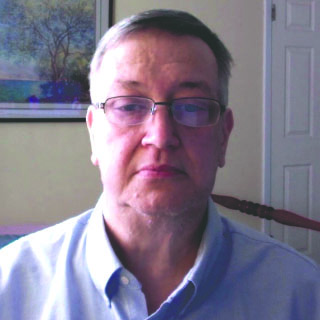390
One of the amazing developments of the information age in which we live is the tremendous amount of research materials that are now available to a genealogical or historical researcher at a moment’s notice. Records that once were housed in far-flun
1880 Census
previous post




